Every invention came from somewhere, even though the original idea likely developed from something much simpler. Take a look at obvious ones like the history of the automobile, or the airplane, for example. But what about other inventions we might not think twice about, like a basket? Many inventions we use today came from the Native Americans. Even though modern-day technology might look a little bit different than it did hundreds of years ago, their designs and concepts are still the same. It’s all thanks to the Native American’s relationship with nature and ingenious innovation that we have rubber, kayaks, hammocks, mouthwash, and baby bottles.

Mouthwash
Millions of people around the world swear by mouthwash. You could walk into any pharmacy in most countries and find a bottle of Listerine or generic brand mouthwash sitting on the shelf. But where did this ingenious idea to use a powerful liquid to strengthen our teeth and kill germs come from? We can thank the Native Americans for that! Though they did it a bit differently. Tribes in Northeastern and North America used the goldthread wildflower, or Coptis trifolia, as a mouthwash and treatment for oral pain. They would also rub the root on teething infants to help them with growing pains (Advent Health).
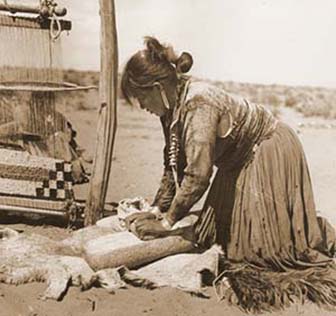
Anesthetics and Topical Pain Relievers
If you’ve ever had anything from a paper cut to a big slice on your leg, you can thank the Native Americans. They pioneered pain relief, and if it wasn’t for them, we’d cry more often from something as simple as a paper cut. One remedy used for inflammation and pain was the bark of the American black willow or Salix nigra. It contains salicin, which produces salicylic acid, which is used in modern-day aspirin as an anti-inflammatory. Natives in Virginia used Jimson weed, or Datura stramonium as a topical analgesic to heal the pain. They would grind the root and make a plaster to apply to external injuries. Whether it was a cut or a bruise, they’d use the paste and lather it up, much like we do with topical pain relievers. Moreover, if they had a broken bone, they’d ingest the plant and use it as an anesthetic. Capsaicin, a chemical in hot peppers, was also used for topical pain relief, though it sounds much more brutal (Forbes).
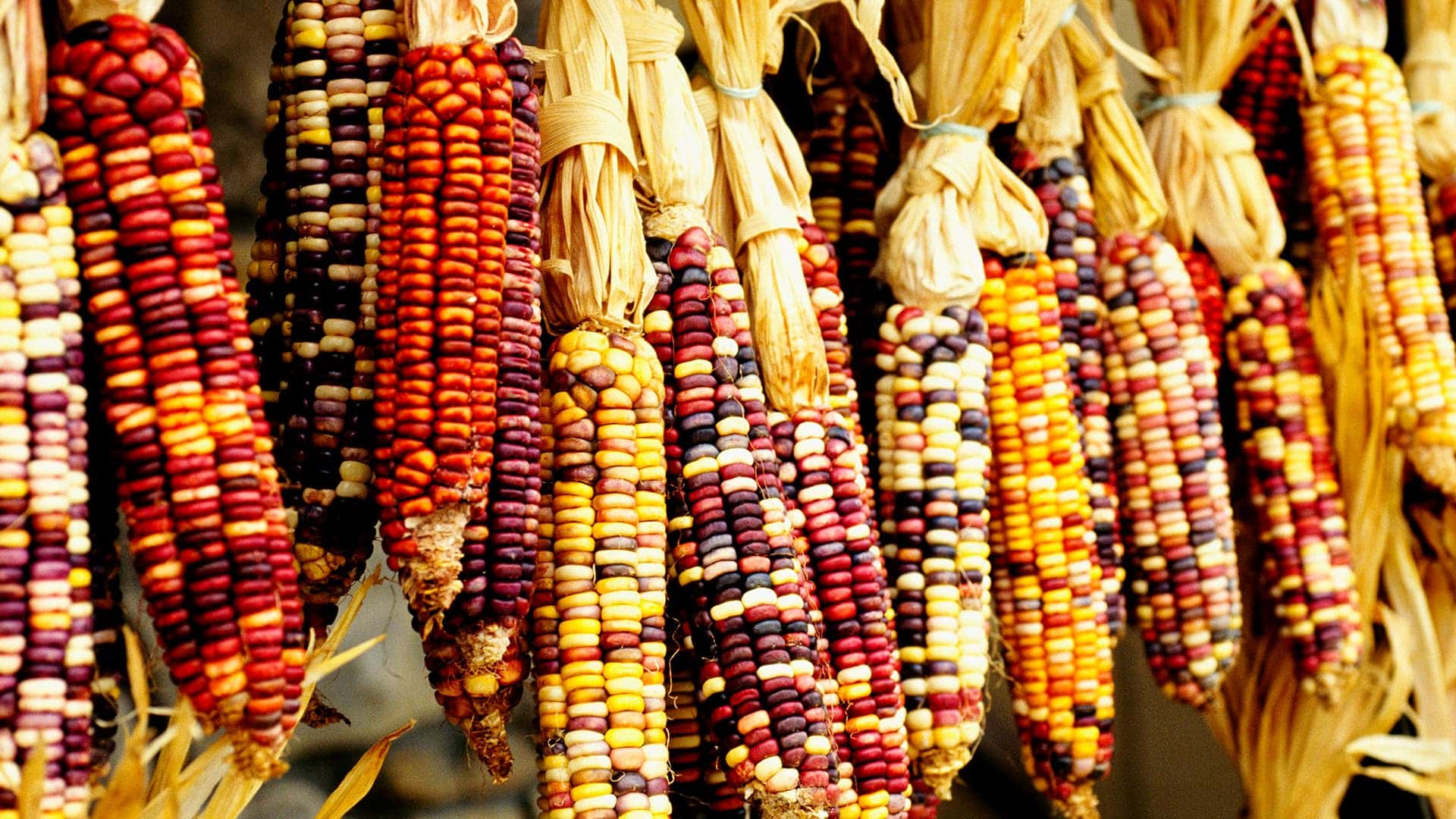
Corn
Though it’s a crop, it was a carefully cultivated invention. Ancient farmers dating back 10,000 years started this cultivation. Then, the Native Americans taught Europeans how to grow the crop, and it developed into what we currently know as corn. Without human intervention, corn wouldn’t exist. The Lenape of the Delaware Valley used corn in all sorts of food. Food like dumplings and tamales is derived from food from the Iroquois nation. It’s all because of the Native Americans who taught the Europeans that we have roasted, buttery corn on warm summer nights. And now, corn is the most widely grown crop in the Western Hemisphere. The original creators of corn came from farmers in northern Guatemala who bred teosinte, a wild grass, to create kernels soft enough for humans to eat (NPS History).
 East Pole Paddles
East Pole Paddles
Snow Goggles
There’s a reason you need to wear snow goggles when you’re skiing or snowboarding. It’s to protect your eyes from over-exposure to sunlight when reflected from snow. This invention didn’t come out of nowhere, it dates back to the Native Americans. But their goggles looked a bit different from modern-day ones. The Inuit used bone, leather, wood, and antlers to build their goggles. Then, they’d put a slit into the goggles to limit the amount of ultraviolet light that got into their eyes. It turns out the slits would also help them with their vision, since the slits narrowed the light and made objects in the distance appear sharper than they normally were (Polar Journal).
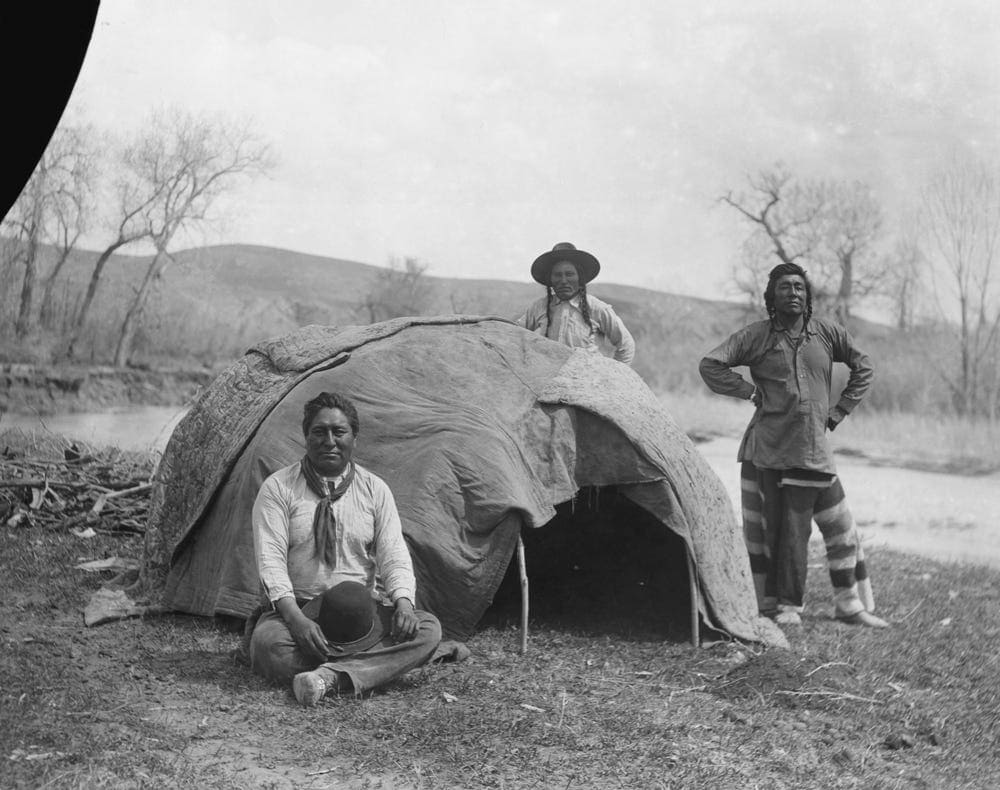
Sweat Lodges
The Native American practices influence modern-day spa treatments, who used sweat lodges for purification and healing purposes. Practioner of spirituality, Ruth Robertson, said, “When and why it is held, how we dress, how we enter, how often we open the door, what prayer songs we sing, how we exit, what rocks are used, how the water is poured, herbs and medicines used throughout, and who is allowed to attend. It is an ancient ritual that has been practiced virtually the same for thousands of years.” Their sweat lodges symbolized the womb (The Zoe Report).
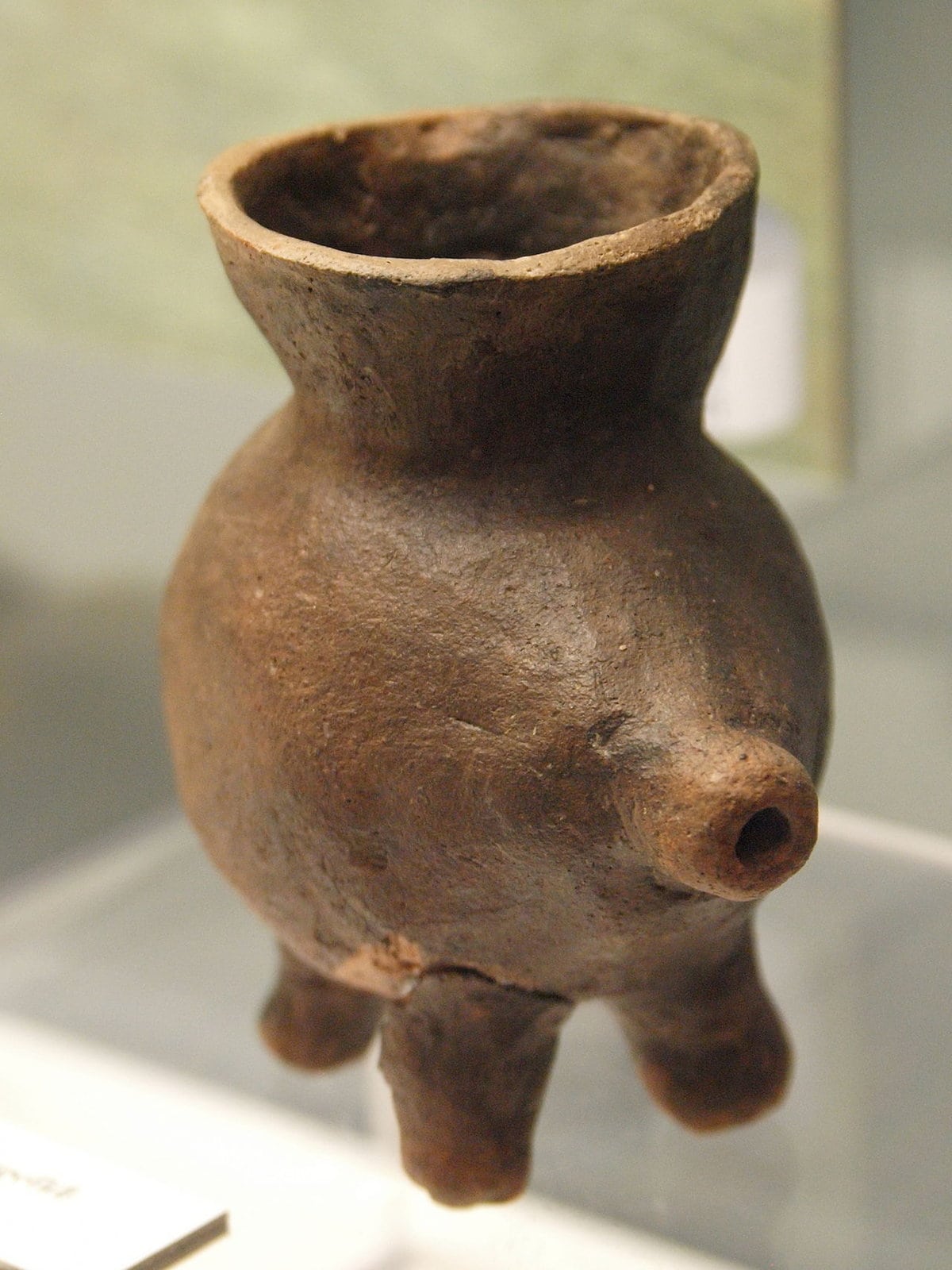
Baby Bottles
Babies need to drink from special bottles, and thanks to the Native Americans, they can. The Iroquois originally used dried and greased bear gut and bird’s quill to make a baby bottle. They would fill the baby bottles with nuts, meat, and corn, in addition to breast milk. After some time, they switched to clay baby bottles. While it’s not recommended to try this method in modern times, at the very least, we’ve adopted the design the Native Americans used (BMHUTAH).
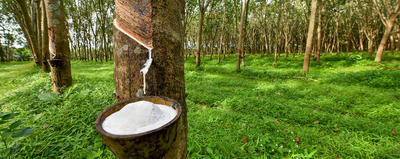
Rubber
The Native Americans were the first to create rubber. We’re led to believe the Europeans created this invention when it came from elsewhere. Originally, the Native Americans collected latex from rubber trees and combined it with sap and morning glory vines until it hardened into rubber. They did this over a fire. The process was a long and arduous one, but worth the result. Because the Europeans had better trading networks and infrastructure than the Native Americans, they appropriated a lot of their inventions. Colombus took a rubber ball, from the Native Americans, back to Europe, where it gained in popularity (Discover Magazine).
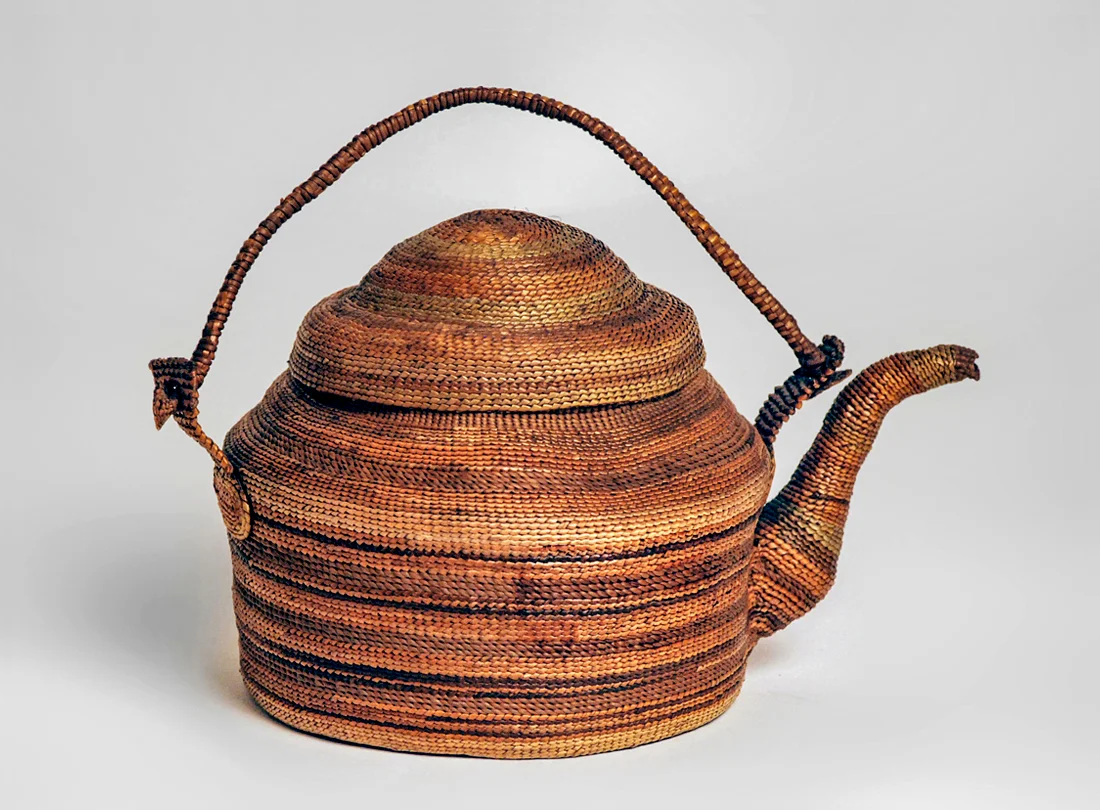
Basket Weaving
For thousands of years, Native Americans manipulated grass, bark, and roots to create something tangible for storage and preparing and cooking food. They would also use baskets as gifts or for ceremonial uses. To this very day, people use baskets around their homes. You probably have a few baskets holding books or plants in your living room (SFO Museum).
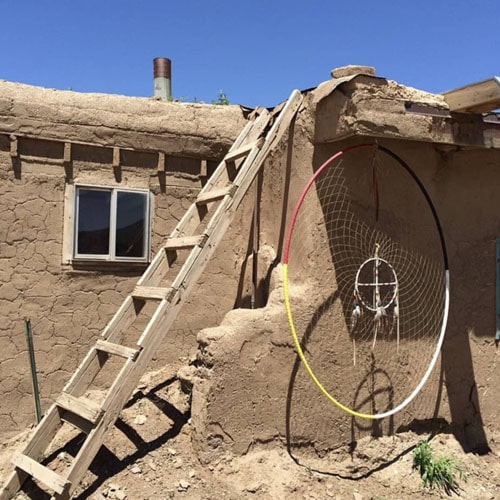
Dream Catchers
Thought to protect us from bad dreams, you likely had a dream catcher or two hanging over your bed when you were a kid. You might even still have one. They were originally from the Ojibwa (Chippewa) Tribe. They believed a mystical woman, called “the spider woman” provided spiritual protection for the tribe, and eventually created the dream catcher for protection. Eventually, the Lakota tribe began using dream catchers (Harpo Paris).
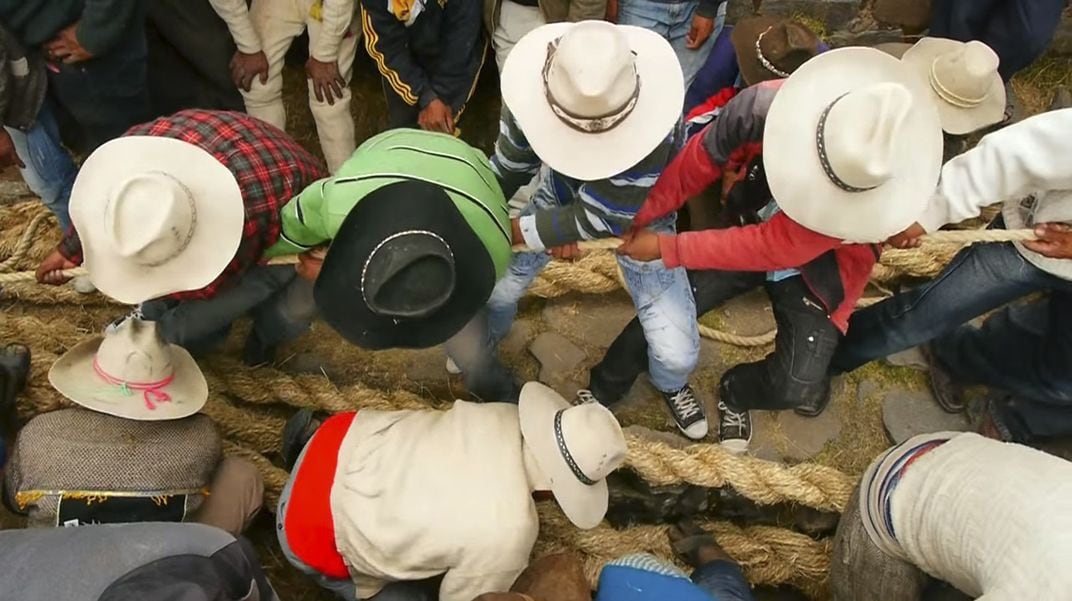
Cable Suspension Bridges
Cable suspension bridges come from South America, where the Inca originally weaved mountain grass and other vegetation. Oftentimes, these cables were as thick as a person’s body and able to hold a ton of weight. This helped them build suspension bridges longer than Europeans could ever think to build with stone. The goals of the bridges were both for offensive and defensive purposes. The only difference between the bridges during those bridges and modern-day bridges is that the main cables used in creating the walkway were also the cables to support them (Smithsonian Mag).
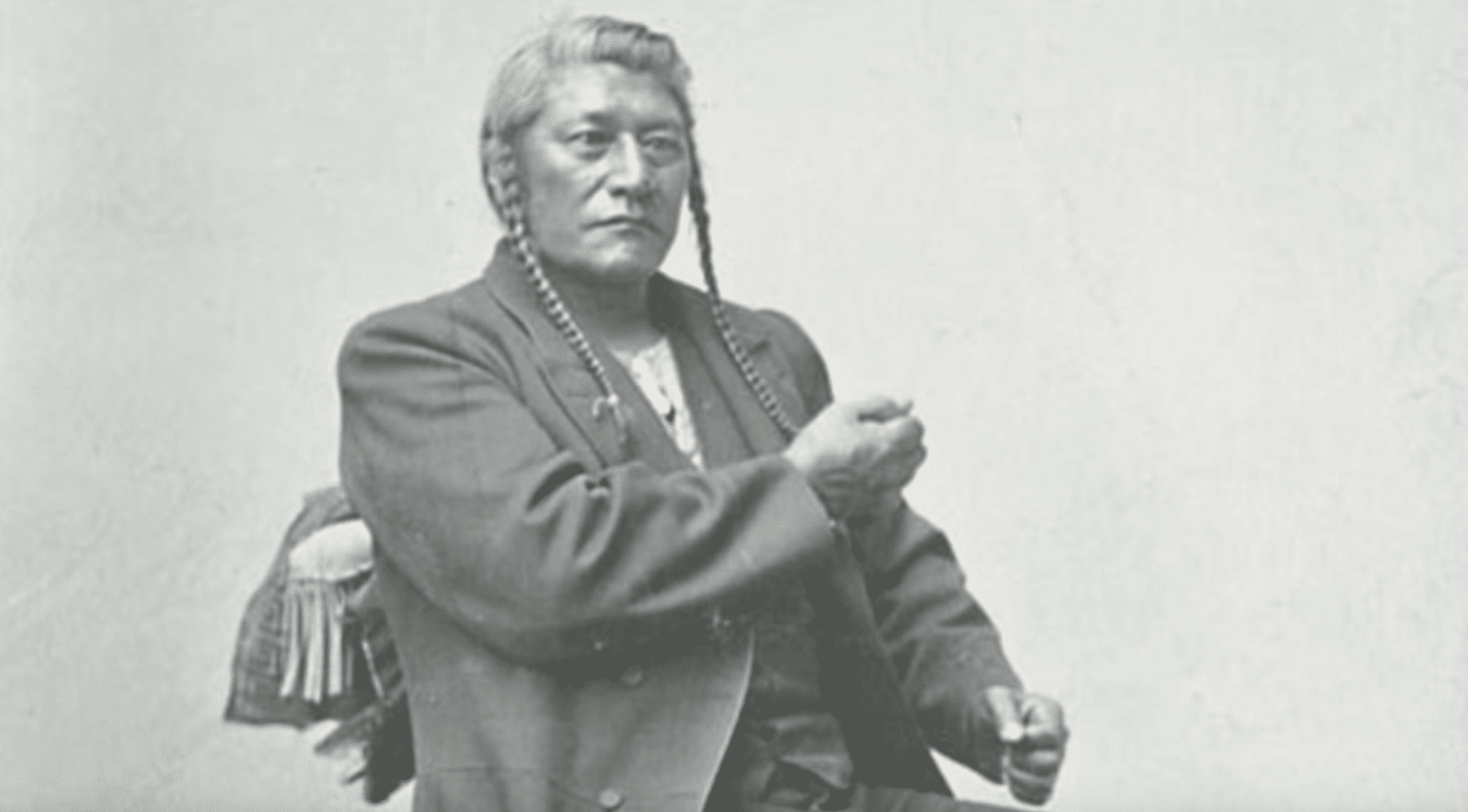
Sign Language
Native Americans didn’t use sign language solely for deaf people, as we do nowadays. They referred to it as “hand talk,” to enable different tribes, with varying languages, to communicate with one another. This helped in times of trading, conflict, or council when they relied solely on hand movements to prove their point. It’s all thanks to the Native Americans, though, that we have sign language to communicate with deaf people. We took many of their signs and instilled them into modern-day sign language (Discover Magazine).
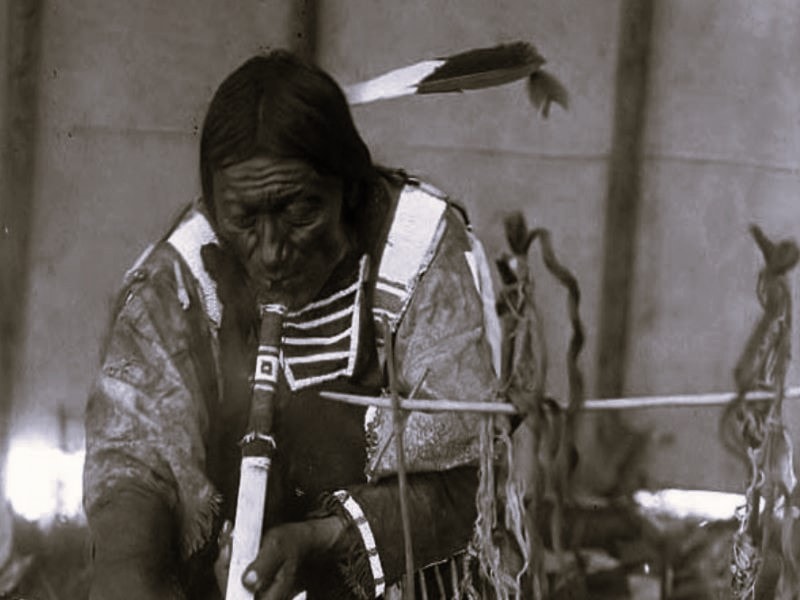
Tobacco
It’s all thanks to the Native Americans we have cigarettes nowadays, though they used tobacco in a much cleaner, more natural state. In 6,000 B.C., the Native Americans first began cultivating tobacco. Later on, in Circa 1 B.C., Indigenous American tribes smoked tobacco in religious ceremonies and for medicinal purposes. They referred to tobacco as “caŋsasa” (Dakota) or “asemaa” (Anishinaabek), and used it in prayer and as offerings, in a more spiritual sense (Tobacco Free Life).
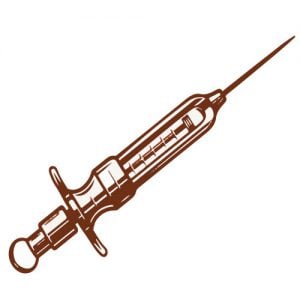
Syringes
The original syringe came from the Native Americans. They used animal bladders and hollow bird stones to inject medicine into people. One of the first European uses was injecting morphine to relieve someone’s pain. In addition to injecting medicine, they also used syringes to irrigate wounds (Soma Technology).
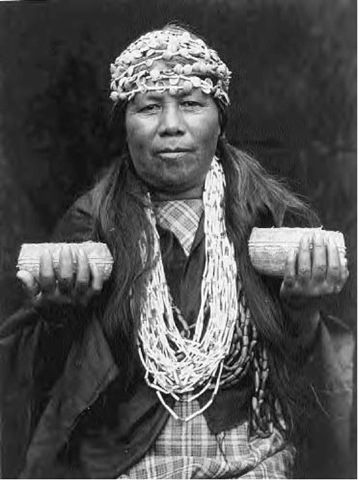
Oral Contraceptives
According to the Navajo and Shoshone Native American tribes, stoneseed, also known as Colombia Puccoon, is a great way to prevent contraception. They used this as a natural birth control, long before the Western world developed birth control pills (Pow Wows).
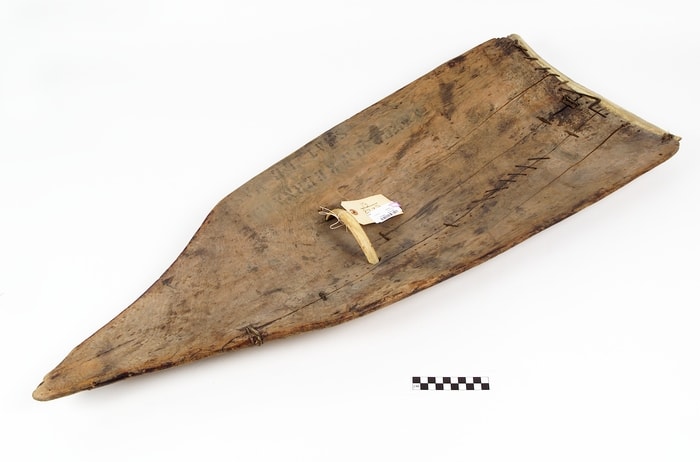
Snow Shovel
Every winter, the Native Americans had to remove snow from their living spaces, much like we do in modern times. Though, they didn’t have massive snow removal trucks to help them out. Native Americans invented the snow shovel, which is very similar to what you’ve probably used on your driveway. The Native Americans created a snow shovel using a walrus ivory blade edge (Splendid Heritage).
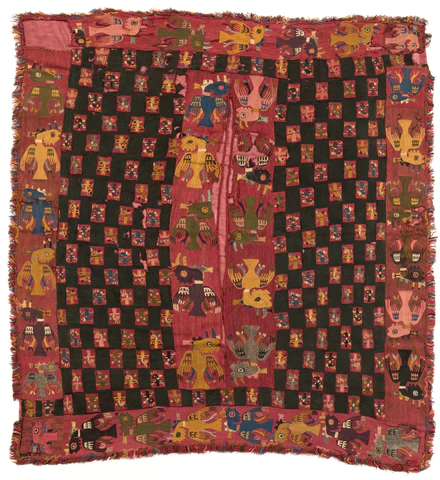
Poncho
Native Americans invented the poncho, something we use in modern times to protect ourselves from the rain or keep warm in cooler weather. It originated in the Andes Mountains in South America. They even developed ponchos made of thousands of feathers which became a gorgeous piece of outerwear for shepherds and farmers (Invisible World).
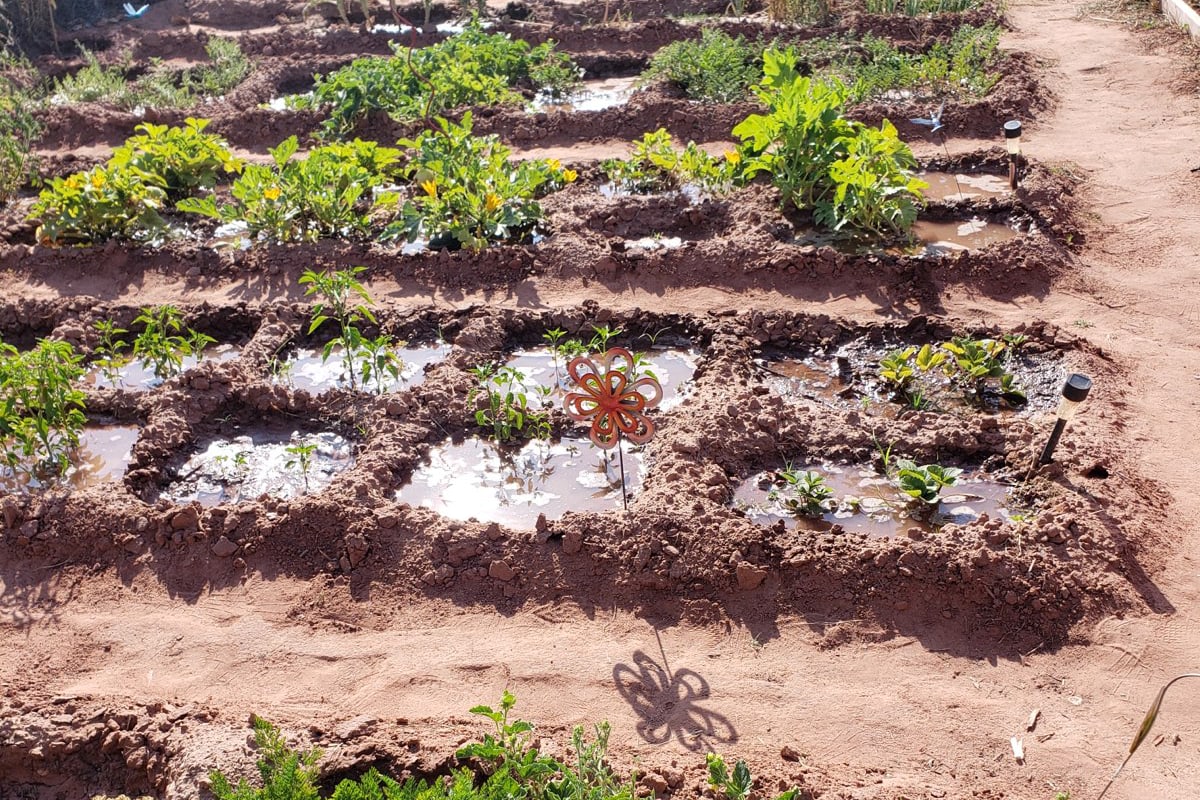
Raised-Bed Agriculture
Modern vegetable production today uses a technique called raised-bed farming. But this invention dates back to the Native people in Central and South America. They invented a technique to enrich soil and pile it to build garden plots. They referred to these plots as chinampas. In addition to this type of agriculture, they were well-versed in the land. An interview on Mother Earth News with a Mogen anthropologist revealed, “Native American gardens were fine-tuned to their local micro-climate…Native peoples maintained a wide selection of plants because they often moved around, so what may have worked well in North Carolina among the Cherokee may not have been successful on the Great Plains. The Pawnee of the Midwest, for example, maintained four sacred corn varieties, of which their white-flour corn, called “Mother Corn,” was the most highly venerated. If one failed, they had others they could rely on.” Their small-scale farming made the land richer than we could ever hope of achieving in modern times (Mother Earth News).
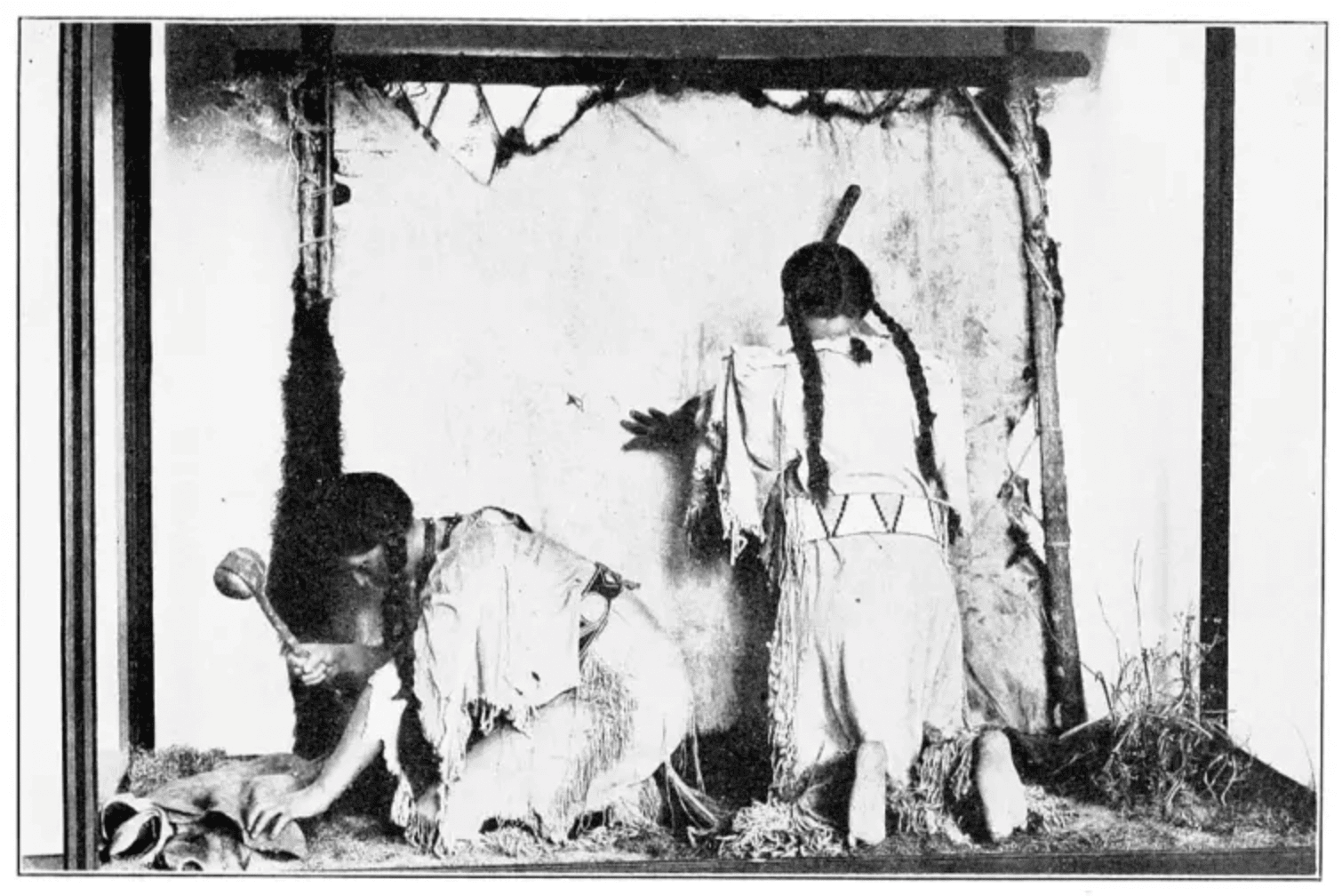
Tanning
We’re not talking about lying under the sun in the hopes of roasting your skin. The Native Americans developed tanning methods for leather, which people still use today. They typically used fatty animal tissues like the brain, liver, and fat to tan the hides. Sometimes, they even kept the fur for decorative purposes. They would even go so far as to soak the skin in a solution of the animal’s brain, and then roast the skin over a fire (Sky Above Us).
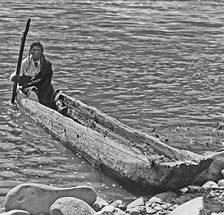
Kayaks
Those small, narrow boats you take out onto lakes and rivers are all thanks to the Native Americans, who developed the original concept. But they used natural materials like whalebone and wood. They then concealed the opening with animal hides. Even though we use manmade materials now, the design is more or less the same. Different tribes could recognize each other based on the profile of their canoes. They divided the canoes into three categories, bark canoes, plank canoes, and dugout canoes. The Native Americans also used round-shaped bull boats to transport goods by the river and were more typically used by women (Native Languages).
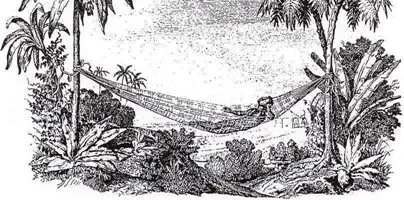
Hammocks
Camping has never been easier, all thanks to hammocks. Why sleep on the ground when you can gently float between two supportive trees? The Native Americans had the same thought, which is why they invented the hammock. Native Americans typically wove them from the hammock tree, hence the name “hammock.” Christopher Colombus arrived in the Caribbean, only to find the Natives resting on bes made of cotton netting, suspended between two trees. This inspired European sailors to use them as beds on ships (Underneath the Mango Tree).
